
How much light my plants need?
- Home
- How much light my plants need?
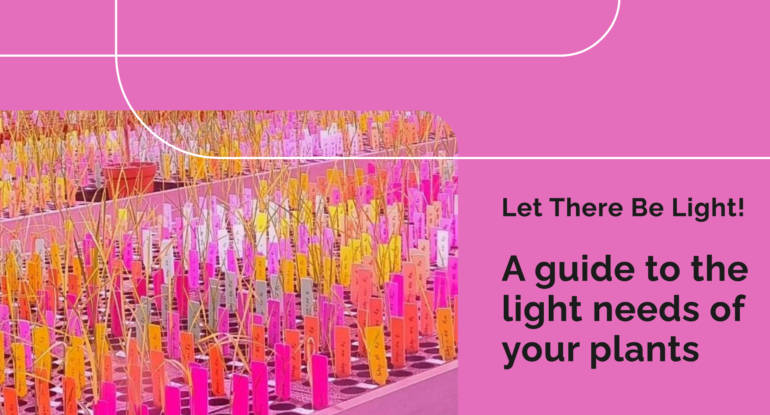
How much light my plants need?
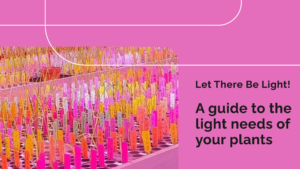
When it comes to indoor growing, one of the most common questions that arises is, “How much light do my plants need?” Understanding the light requirements of your plants is crucial for their growth and development. In this article, we’ll explore the factors that influence plant light needs and how to calculate the optimal light intensity for different types of plants. For plant grow light perspective its important to understand plant light requirement.
Plant light requirements vary depending on several factors, including the stage of growth, the type of plant, and the application.
How much light plants need means here we are talking about light quantity i.e., light intensity.
Light intensity, measured in PPFD (Photosynthesis Photon Flux Density) and DLI (Daily Light Integral), plays a significant role in determining the amount of light a plant needs.
PPFD represents the intensity of light available for photosynthesis and is measured in micromoles per square meter per second (µmol/m2/sec). DLI, on the other hand, indicates the total amount of light received by a plant over a 24-hour period and is measured in moles per square meter per day (mol/m2/day).
To simplify the process of determining light requirements, tools like PAR meters and spectrometers are used. PAR meters measure only light intensity, while spectrometers provide comprehensive data on various lighting parameters. While spectrometers offer more detailed information, PAR meters are a cost-effective option for many growers. (check below link for more details of both meters)
Calculating the optimal light intensity for your plants involves understanding the relationship between DLI, PPFD, and photoperiod (the duration of light exposure). The formula :
DLI = PPFD × Photoperiod
(To make your work simple kindly check below link of online tool to convert DLI to PPFD)
For instance, if you are growing tomatoes in a polyhouse with an average photoperiod of 10 hours and a desired DLI of 25, you would calculate the PPFD as follows:
DLI = 25
Photoperiod = 10 hours
PPFD = DLI / Photoperiod
= 25 / 10
= 631.31 µmol/m2/sec
Similarly, for indoor cultivation of microgreens with a desired DLI of 8 and a photoperiod of 18 hours, the PPFD can be calculated as:
DLI = 8
Photoperiod = 18 hours
PPFD = DLI / Photoperiod
= 123 µmol/m2/sec
By understanding the specific light requirements of your plants and calculating the appropriate light intensity using the DLI and photoperiod, you can create optimal growing conditions for indoor cultivation. Whether you’re growing tomatoes, microgreens, or tissue culture plants like Gerbera, knowing how much light your plants need is essential for their health and productivity.
In conclusion, determining the light intensity requirements of your plants is a crucial aspect of successful indoor gardening. By utilizing tools like PAR meters and understanding the relationship between DLI, PPFD, and photoperiod, growers can ensure optimal light conditions for their plants’ growth and development. If you have any questions or need further clarification, feel free to comment below. Happy growing!
With Nexsel both PAR and Spectrometer are available :
- https://www.nexsel.tech/spectral-measurement-devices-quantum-sensor-par-meter-2.php
- https://www.nexsel.tech/spectral-measurement-devices-spectrometer-2.php
Convert DLI to PPFD
Typical DLI values for plants
HYDROPONICS GROW LIGHT
PLANT GROW LIGHT
LED GROW LIGHT
BEST LED GROW LIGHT
BEST PLANT GROW LIGHT
MICROGEENS GROW LIGHT
SPEED BREEDING GROW LIGHTS
VERTICAL GREEN WALL GROW LIGHT
LIGHTS FOR GREEN WALL
LIVE GREEN WALL ARTFICIAL LIGHTS
ARTIFICIAL LIGHTS FOR INDOOR GREEN WALL
ARTIFICIAL LIGHTS FOR GREEN WALL
- Blog Categories
- Basic of Artificial Lighting for Plants
- Basic of grow Light
- Case Studies
- General Awareness
- Indoor Vertical Farming
- Medical Plant Research
- Online Tool
- Pitch Grow Light
- Plant Lighting Measurement
- Speed Breeding
- Supplemental Lighting
- Tissue Culture Grow Lights
- Vertical Green Wall
- LED Grow Lights
- Pharma Segment
- General
Popular Products
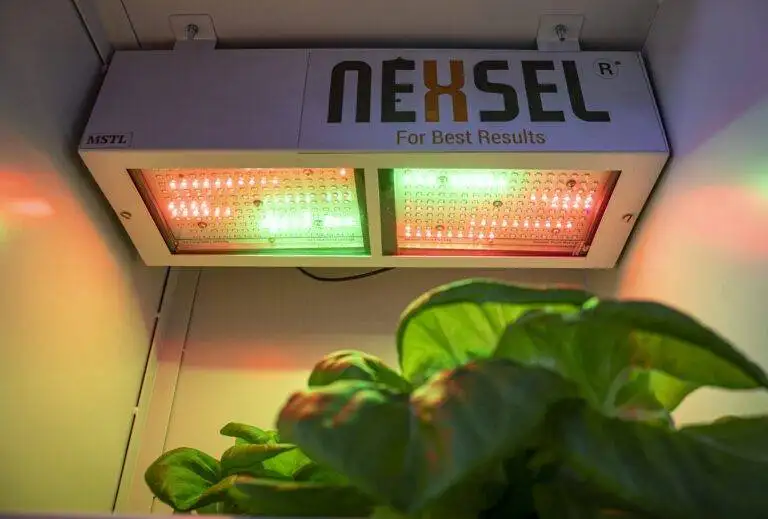
Enquire Now
Quick Link
Other Links
Design & Developed By VBTEK


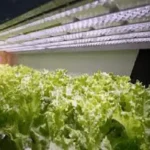
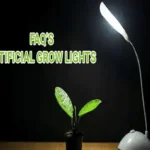
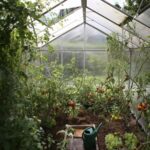
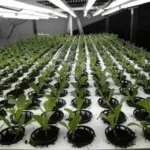
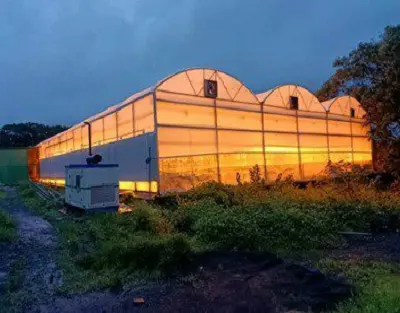
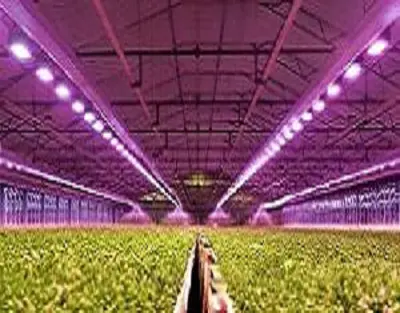
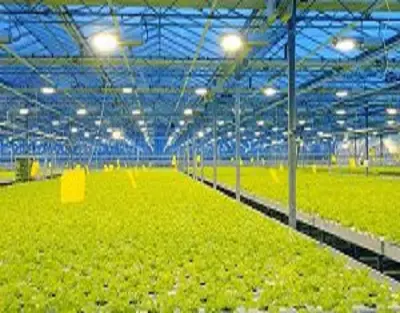
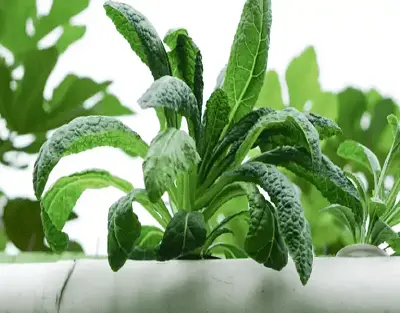
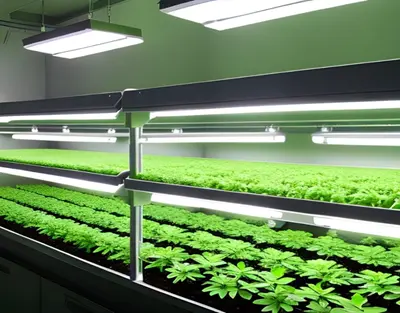
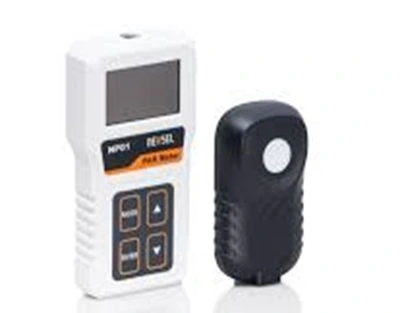
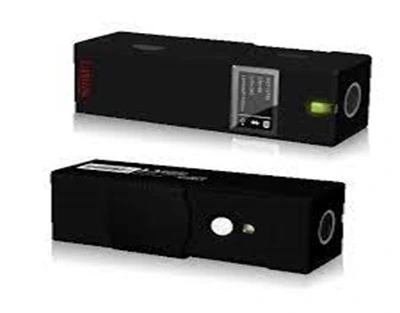
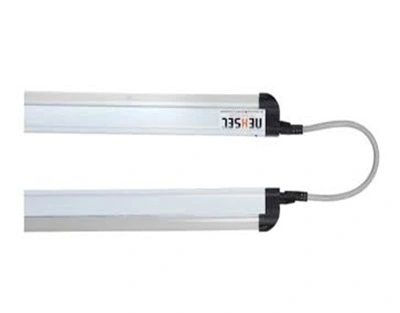
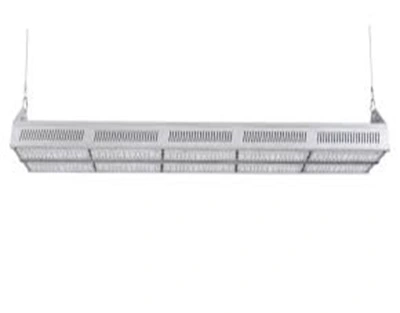
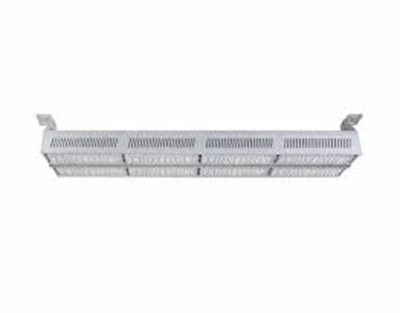
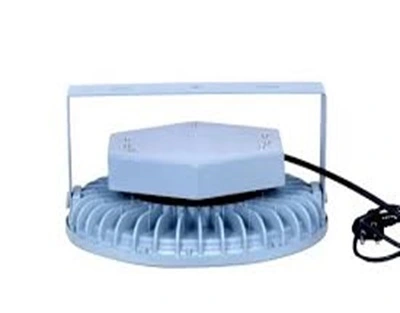
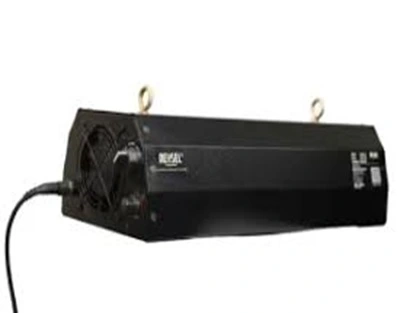
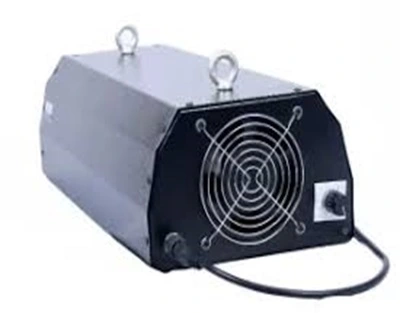
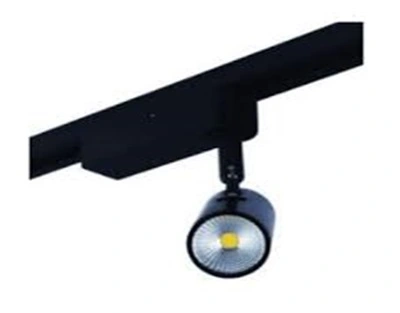
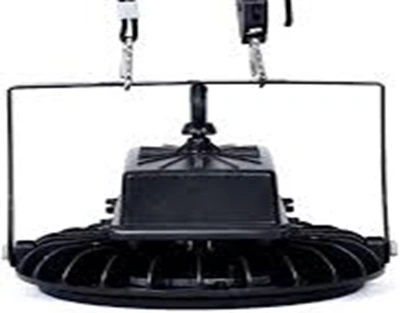
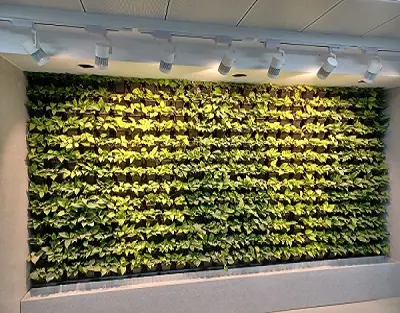
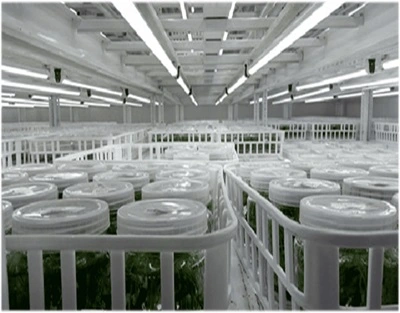
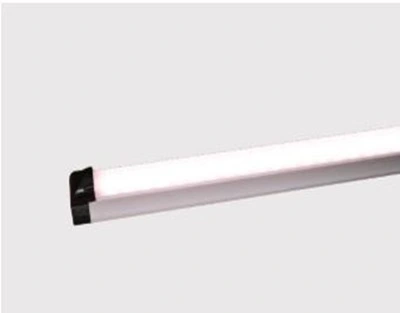
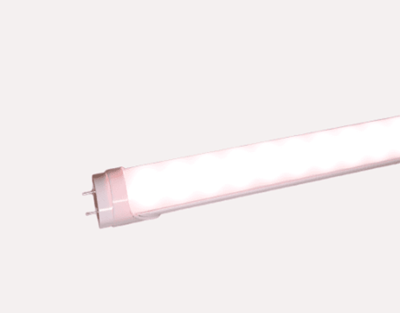
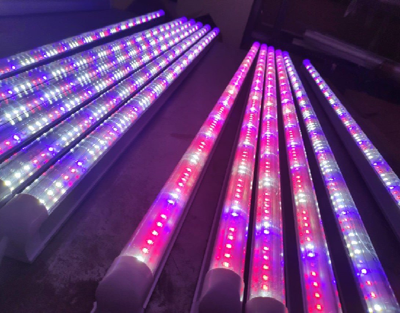
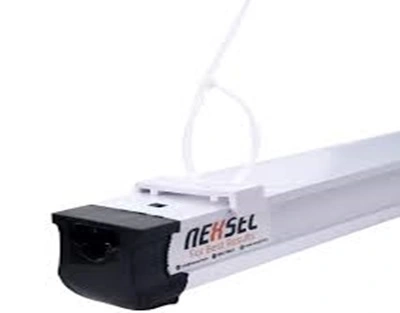
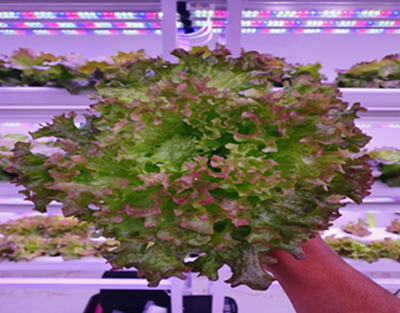
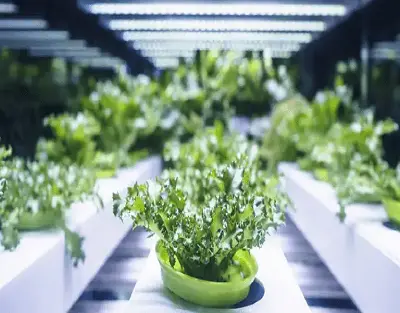
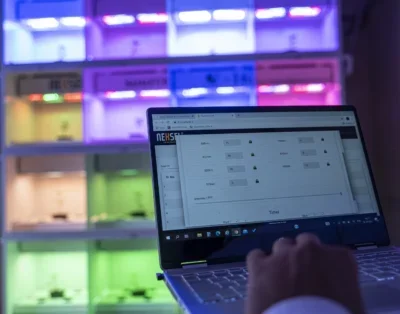


Leave A Comment